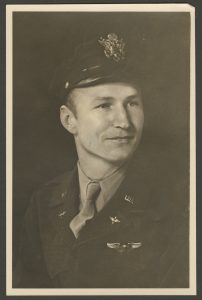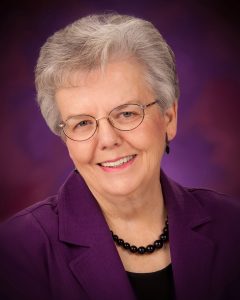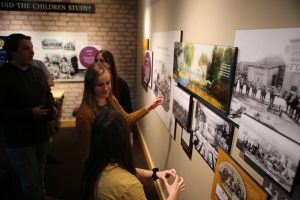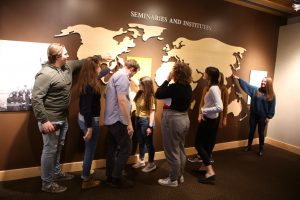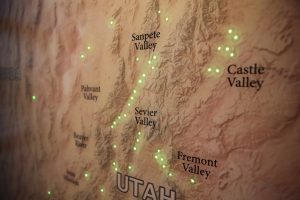Education in Zion Celebrates its Reopening
To celebrate its reopening, the Education in Zion Gallery, located on the east side of the JFSB, will be holding an event on January 30th, 2019, from 3:00 to 6:30 PM, where the public is welcome to come tour the refreshed gallery space. Visitors can meet Col. Gail “Hal” Halvorsen, the Candy Bomber, beginning at 3:00 pm. At 4:00 pm, composer Janice Kapp Perry will lead visitors in singing a medley of her beloved Primary songs followed by a riveting dance performance by BYU performing arts groups. A similar program will take place at 5:00 and 6:00 pm. Following the program visitors are encouraged to vote for their favorite new displays and the results will be shared on social media the following day. Crumbl Cookies™ will be served. The public is invited and admission is always free.
Since it opened in 2008, nearly 300,000 patrons have visited the Education in Zion Gallery. It was time to update and refresh the exhibition.
Multiple rooms now contain new interactive displays, but one of the most important aspects of the refresh was incorporating an overarching idea through which patrons could apply and process the information in the gallery. Because of this “interpretive lens,” patrons can form a fresh, exciting view of what getting an eternal education means.
This new overarching idea refers specifically to the circle and the square. In classical civilizations, the square symbolized the earth, and the circle symbolized eternity. When inscribed together, these two shapes–known as a “squared circle” –represent the need for both worldly knowledge and spiritual knowledge. Commonly seen in architecture throughout the state of Utah–including many temples–this concept ties in beautifully to the gallery’s focus on how students at BYU can receive education from both secular and spiritual perspectives, setting the school apart from most others in the world.
As visitors come to explore the refreshed gallery space, they can learn more about how the symbolism of the circle and the square relate to the development of educational programs in the Church and the history of BYU. As early Church members relied on a cycle of study, experience, and revelation, and as the founders of BYU developed the four aims, they tried to create an environment where everything they learned would benefit their eternal development.
